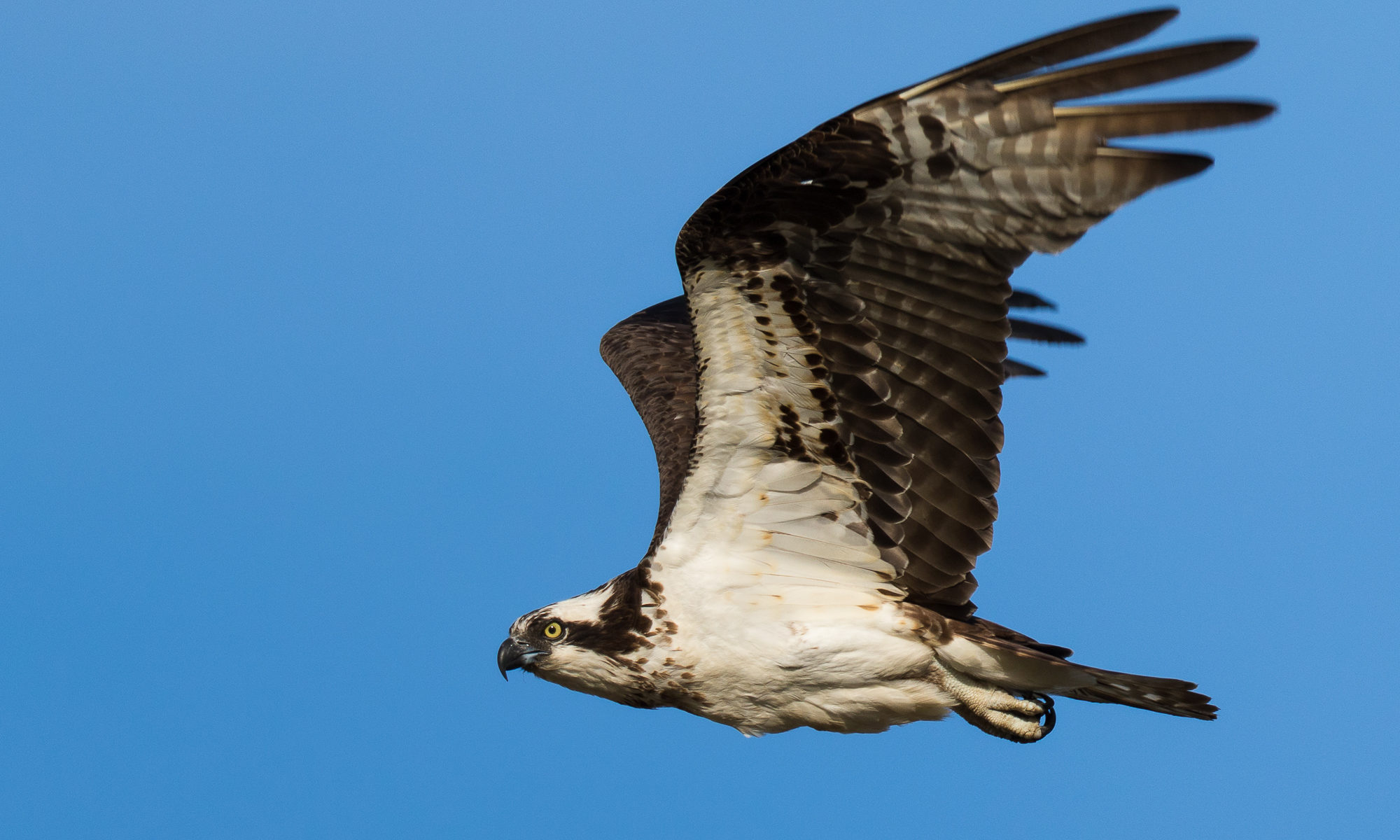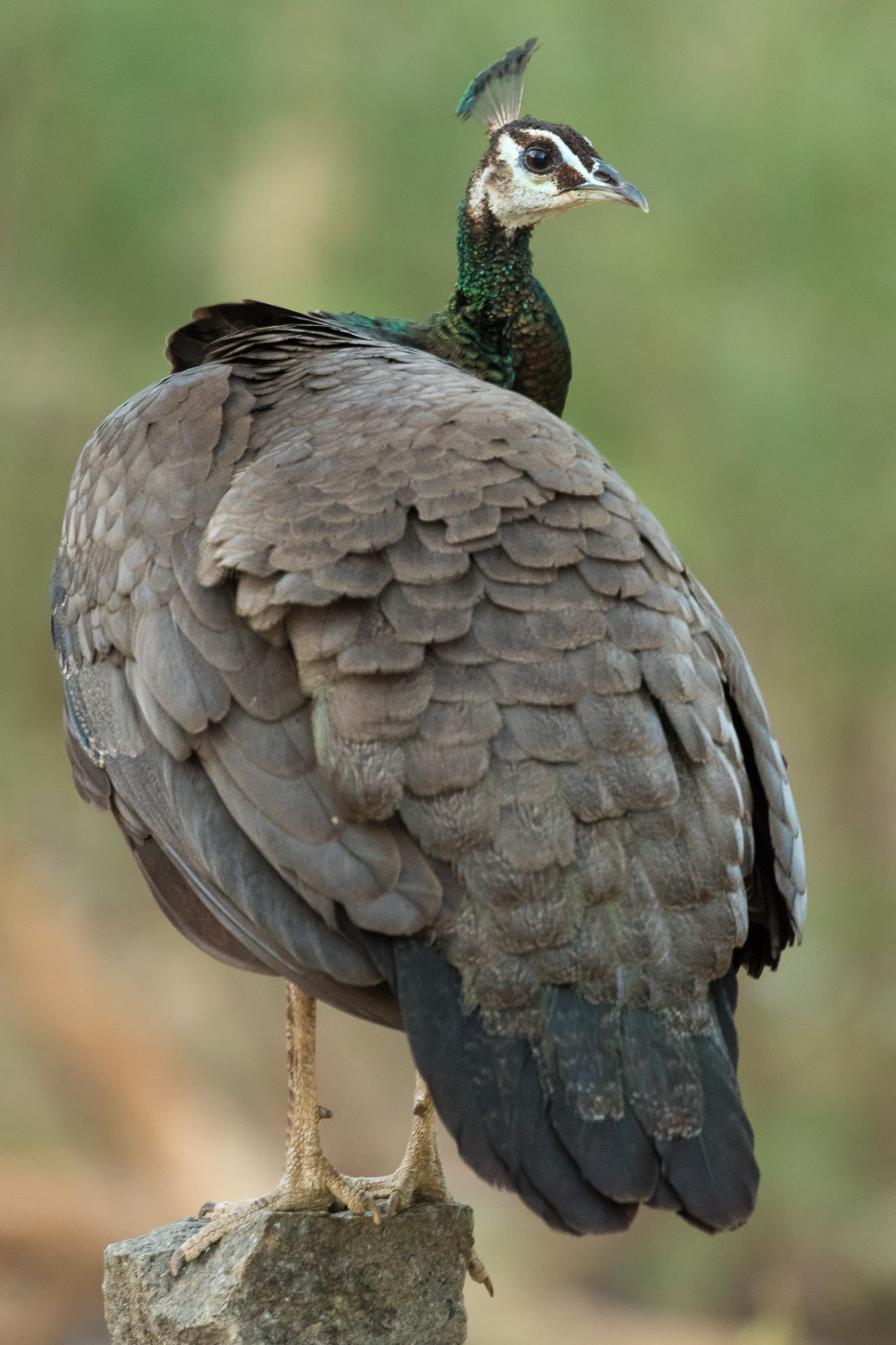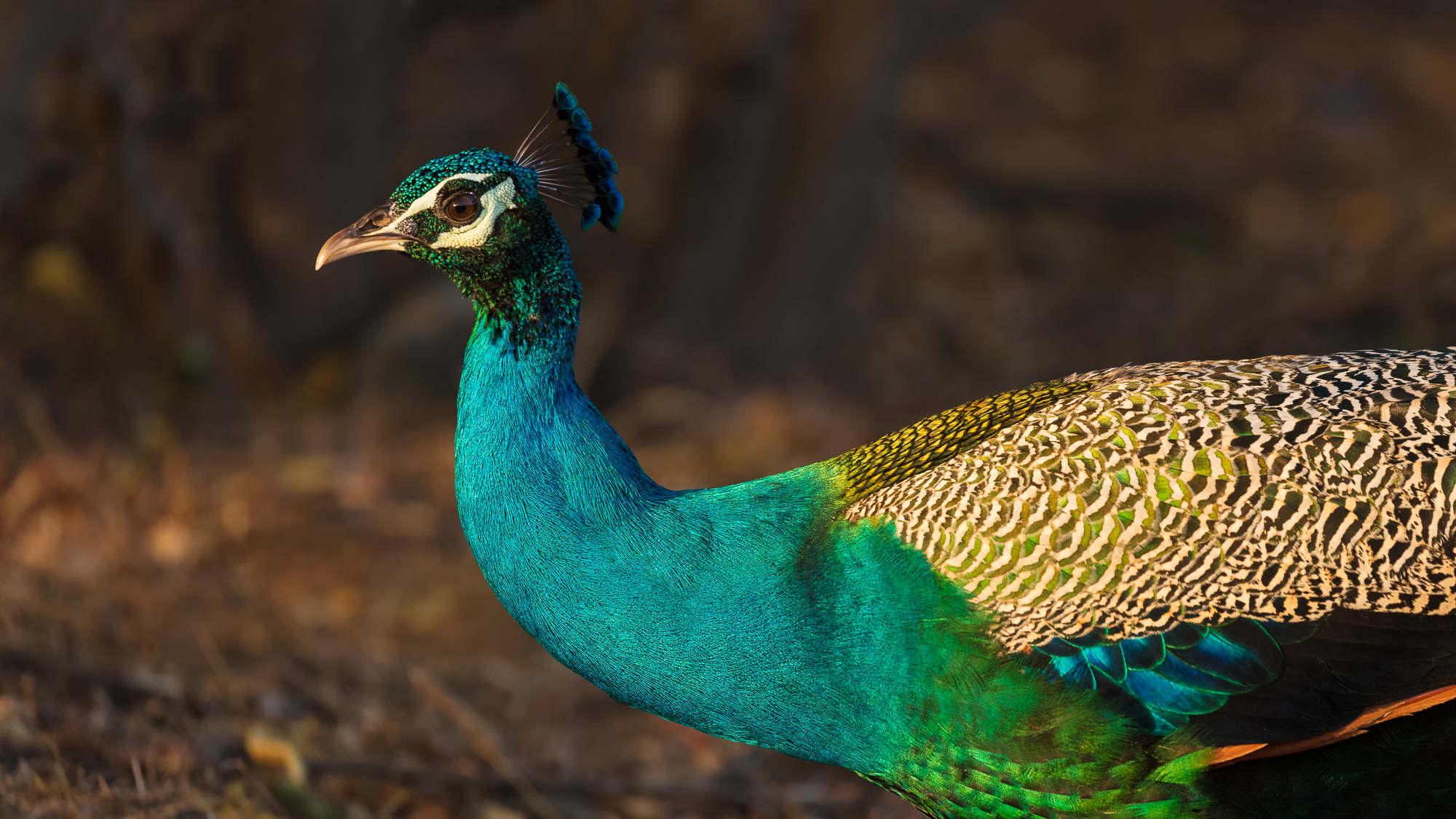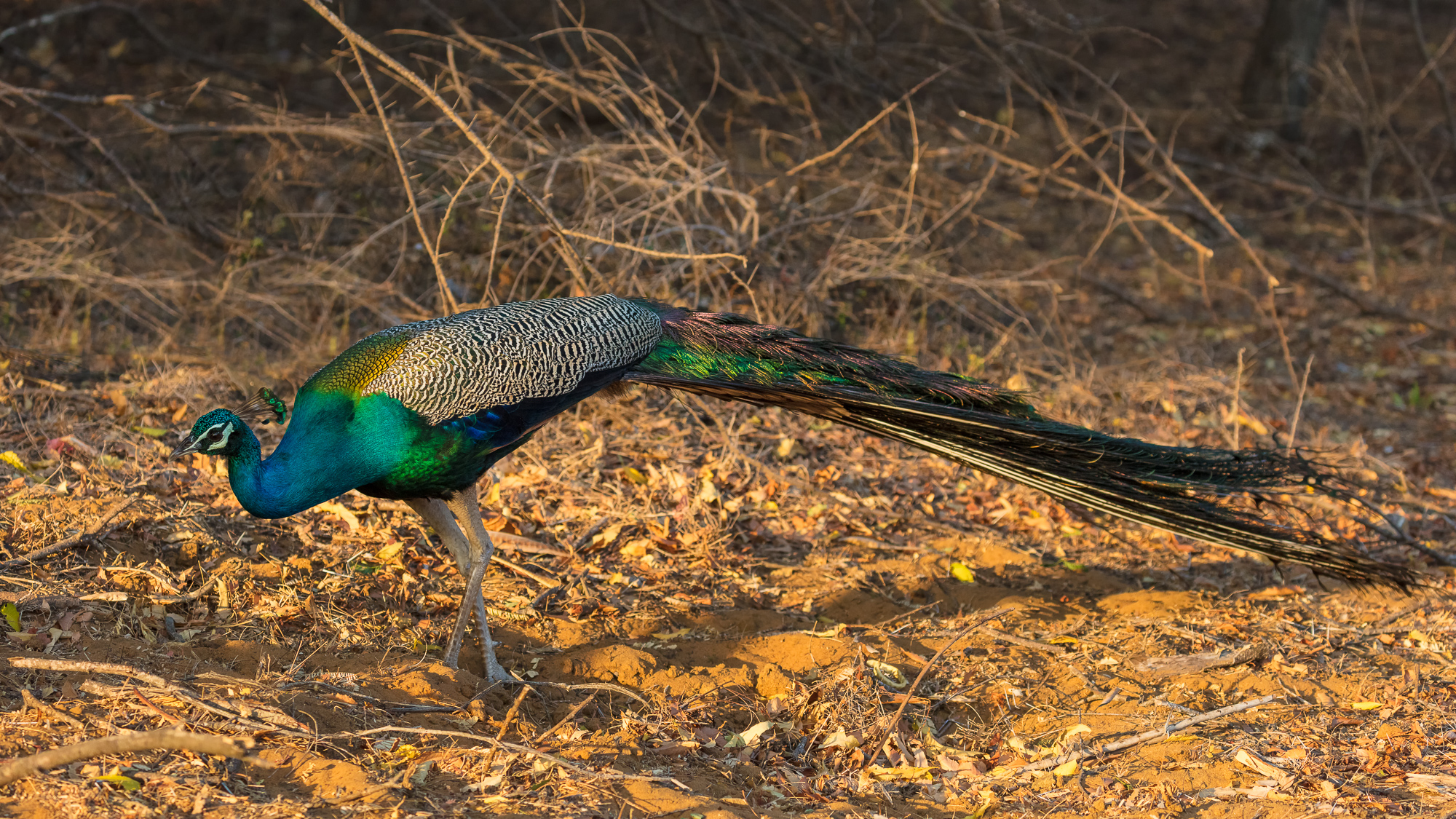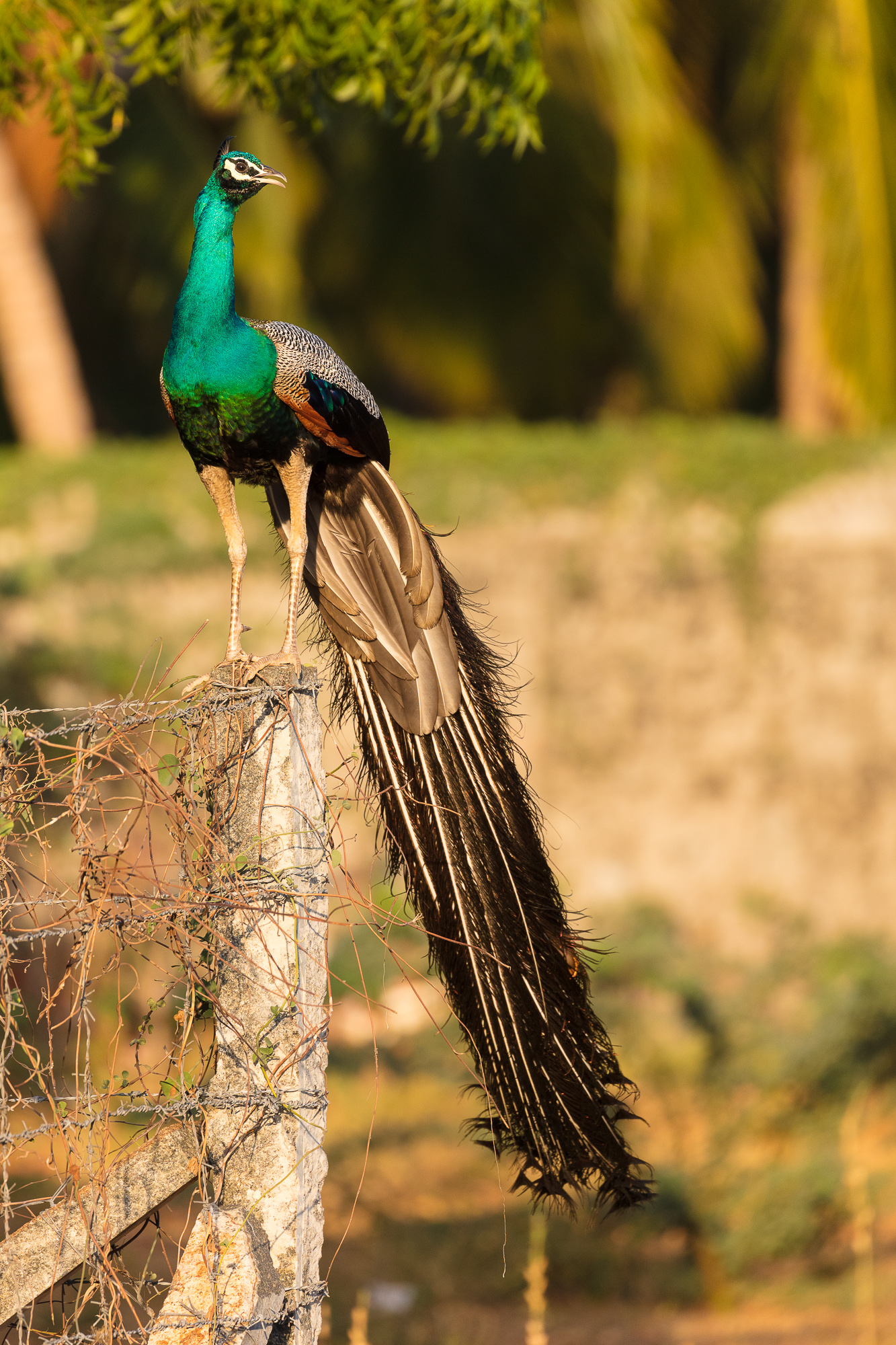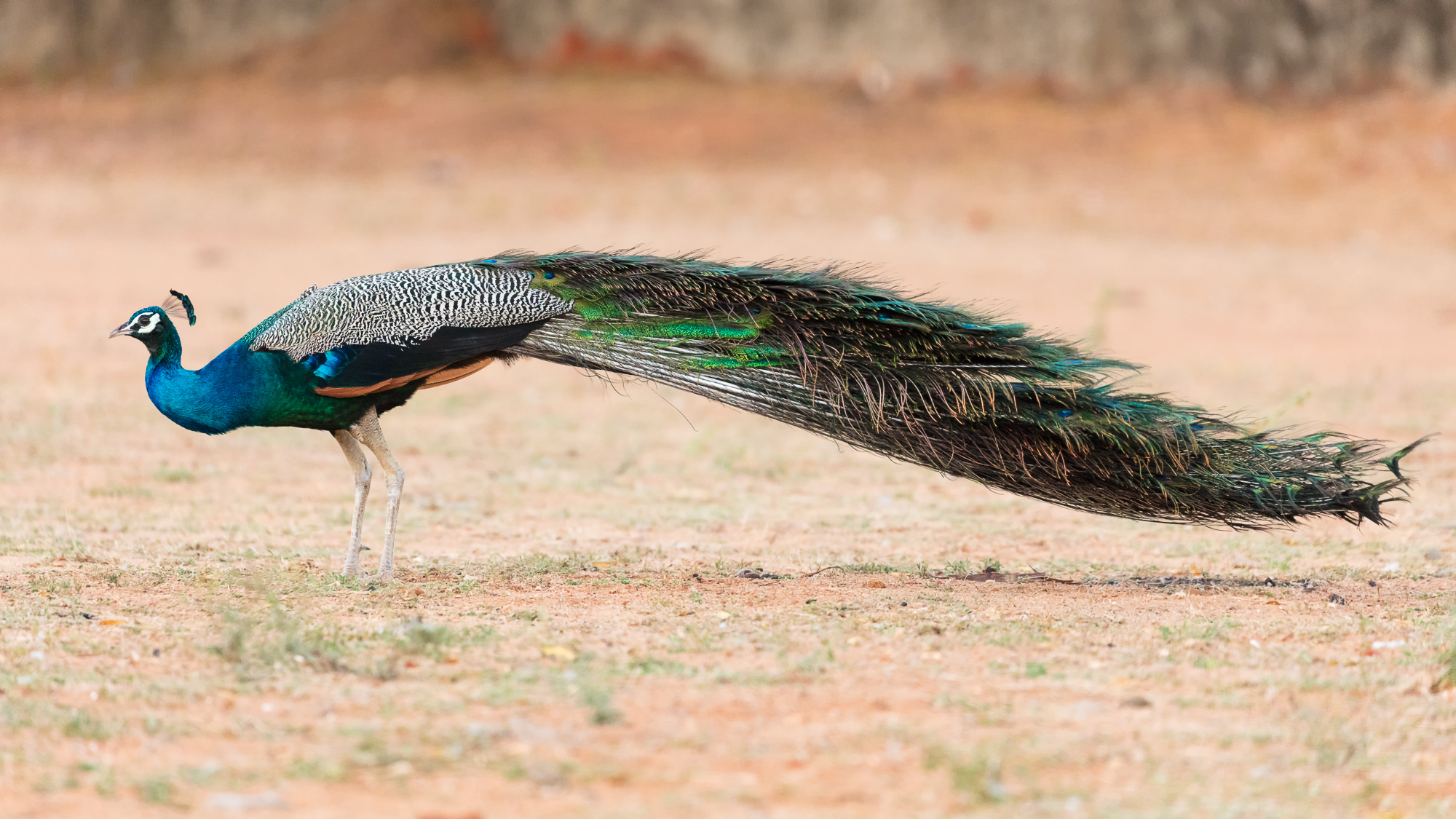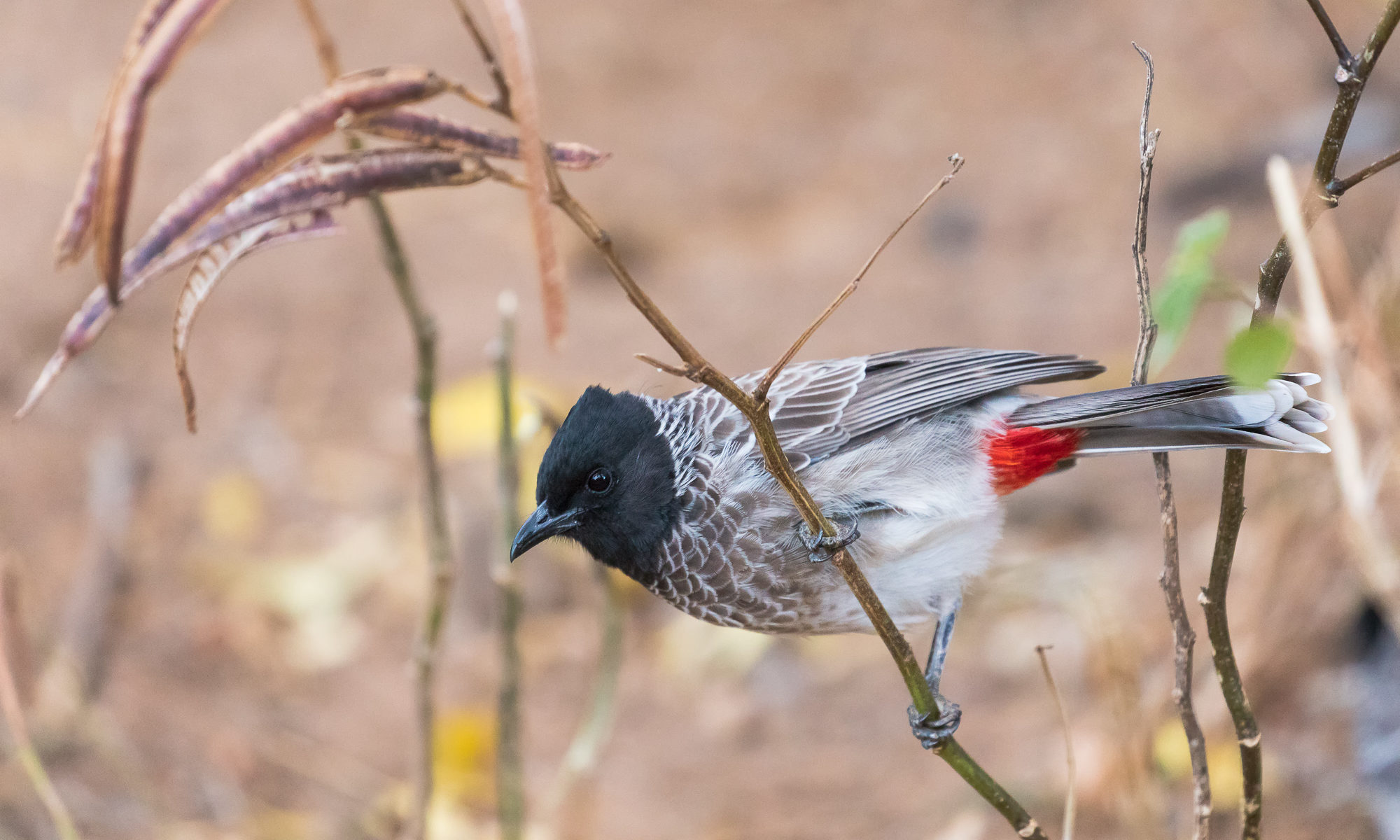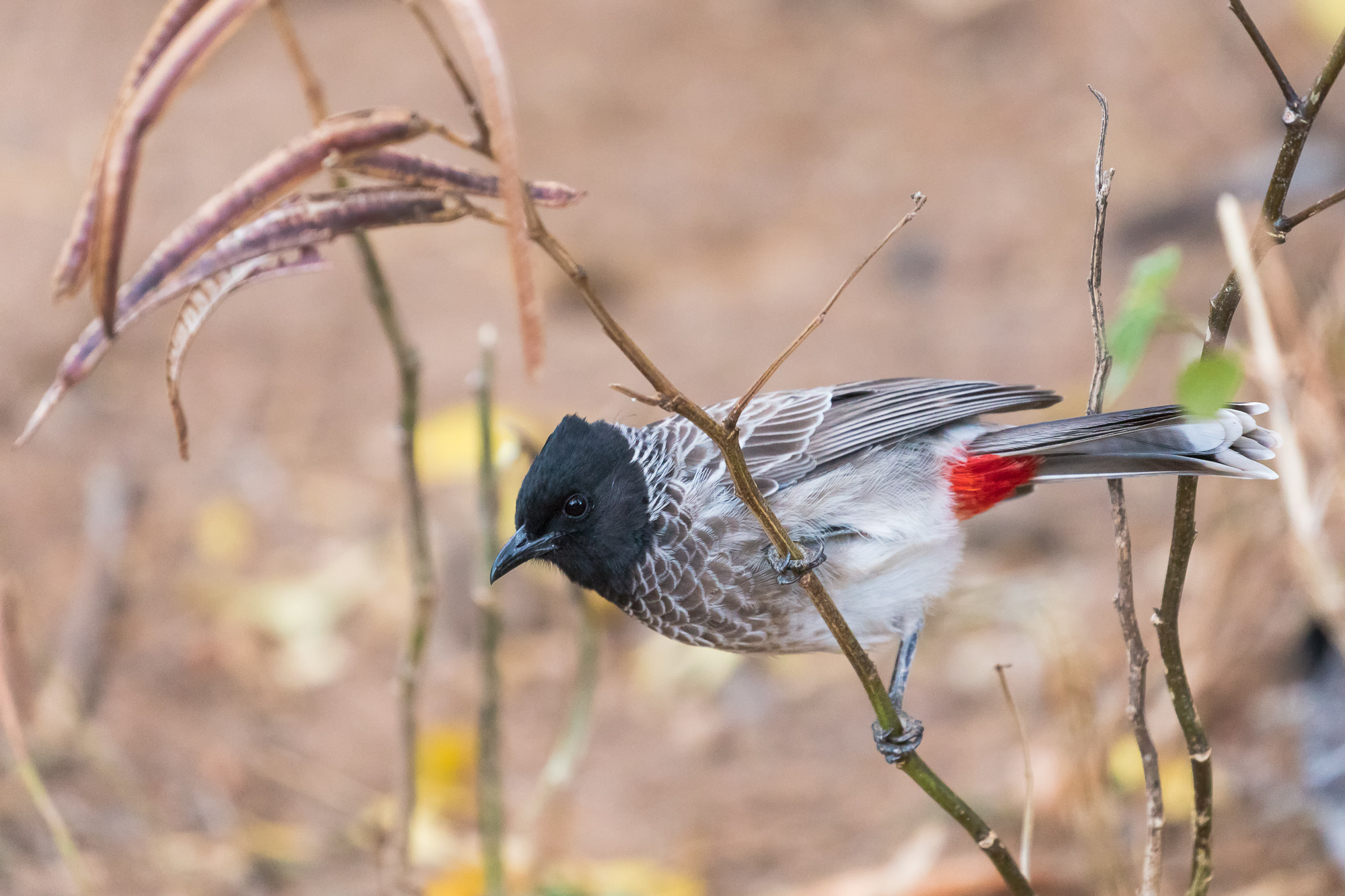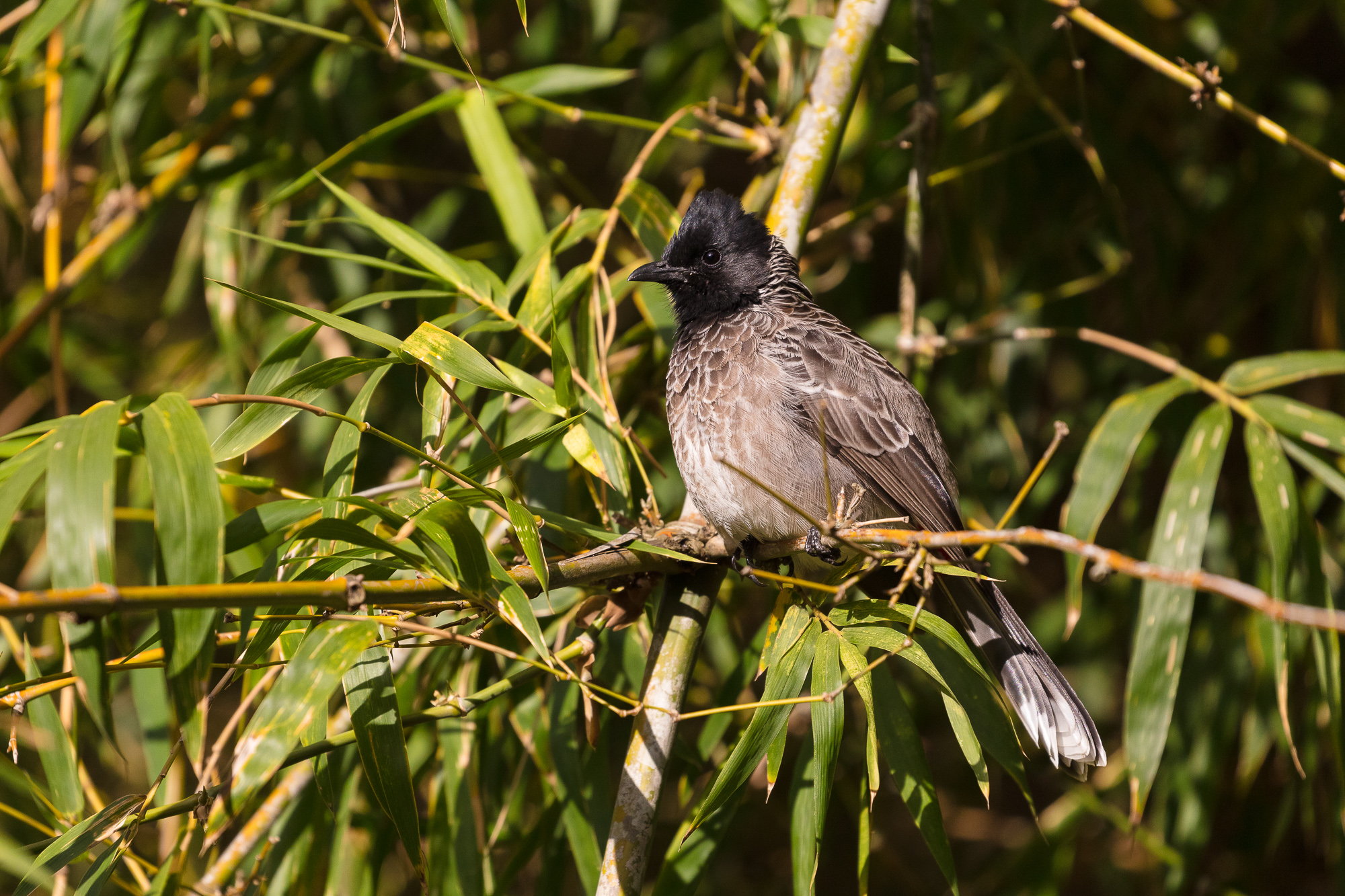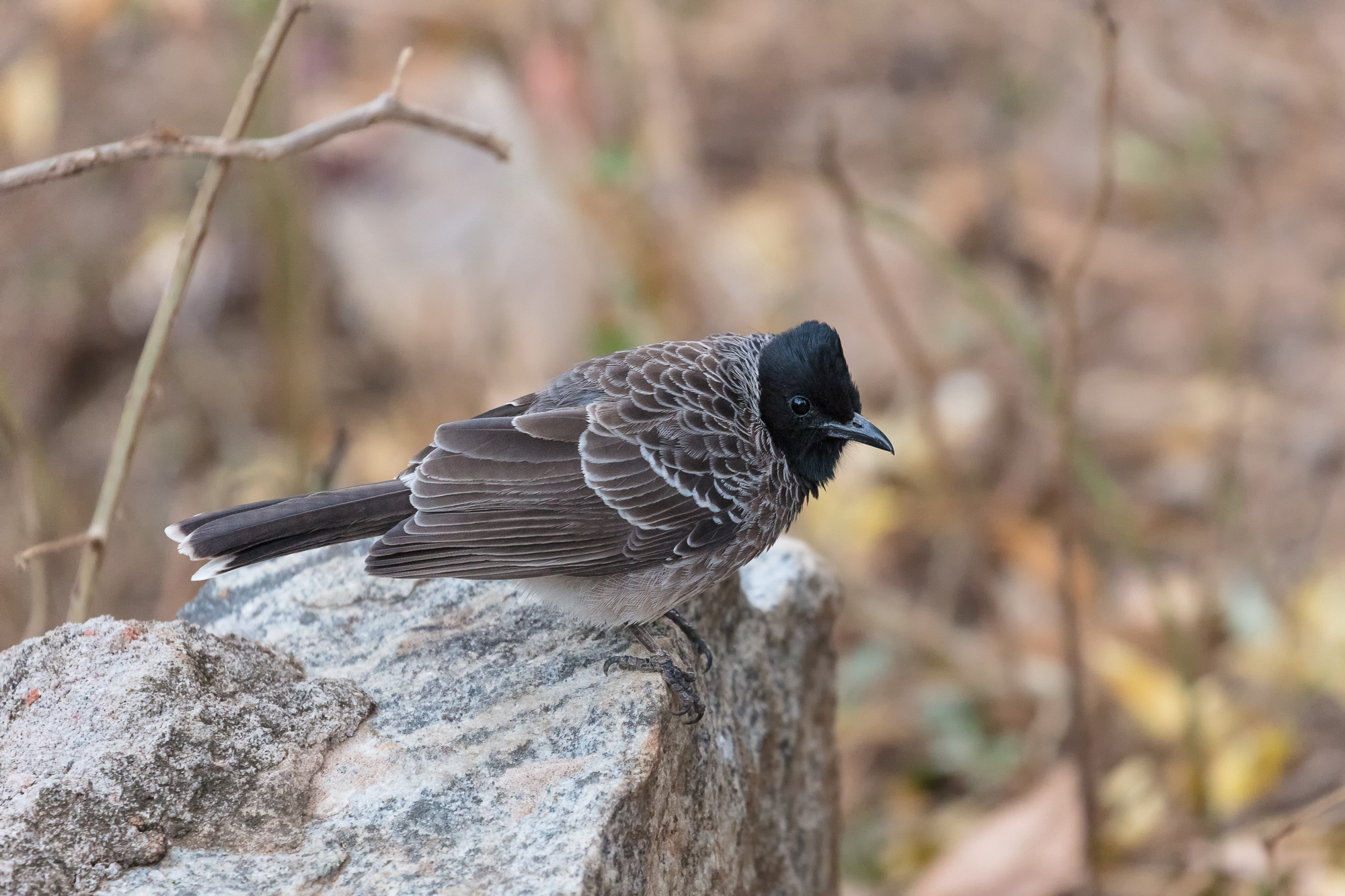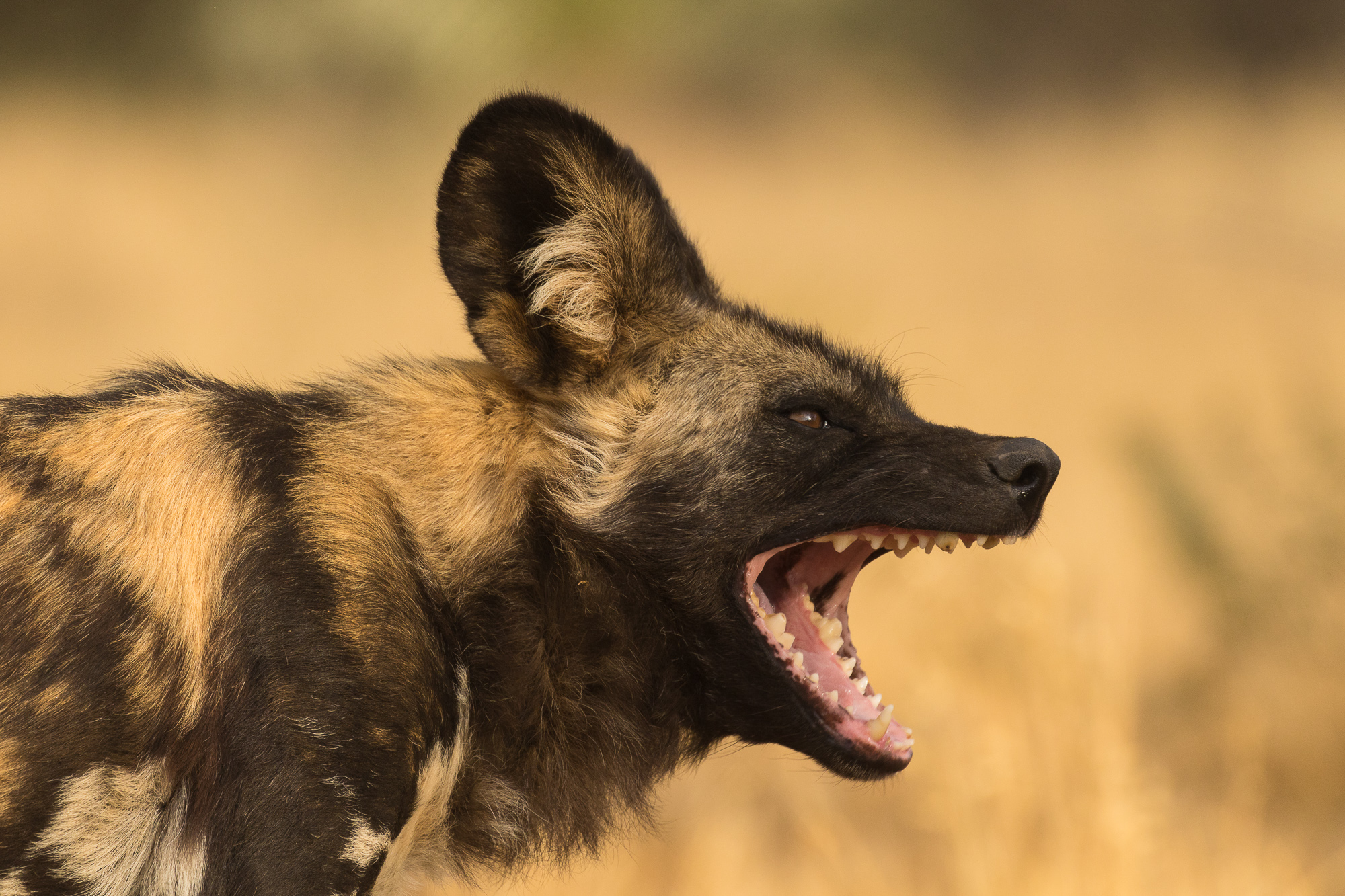On a trip to Ontario Canada a while back, I was able to spend some time photographing some of the area’s local birds, knowing that many of what I found there would be new species to me. I quickly found a few local residents, but as my time was short, I wasn’t able to get all of them without man-made elements in the frame.
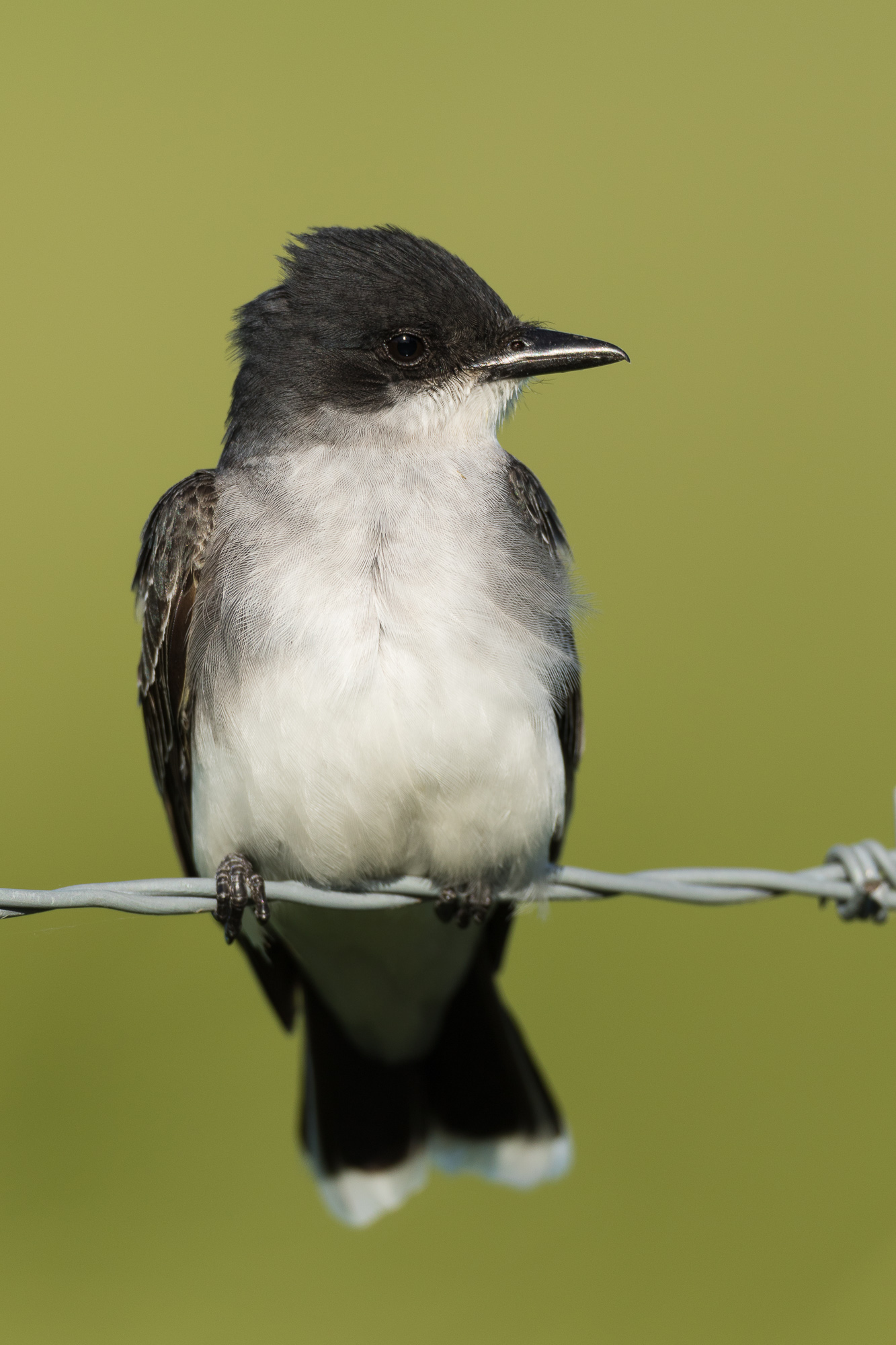
The first such local was an eastern kingbird. He was perched right next to a country road, at perfect eye level with my lens, which was resting on a bean bag sitting in an open window. Often bean bags are the best supports from which to shoot from a vehicle, especially if you want the opportunity to shoot out both sides of the car. Often Kerry is kind enough to drive slowly (and as quietly as possible) down country roads while I keep the back seat to myself and move back and forth between the rear windows as required.
I usually try to capture birds in more natural environments, but there were no trees nearby, there was a perfect distant background, and I had no time to wait for a better perch.
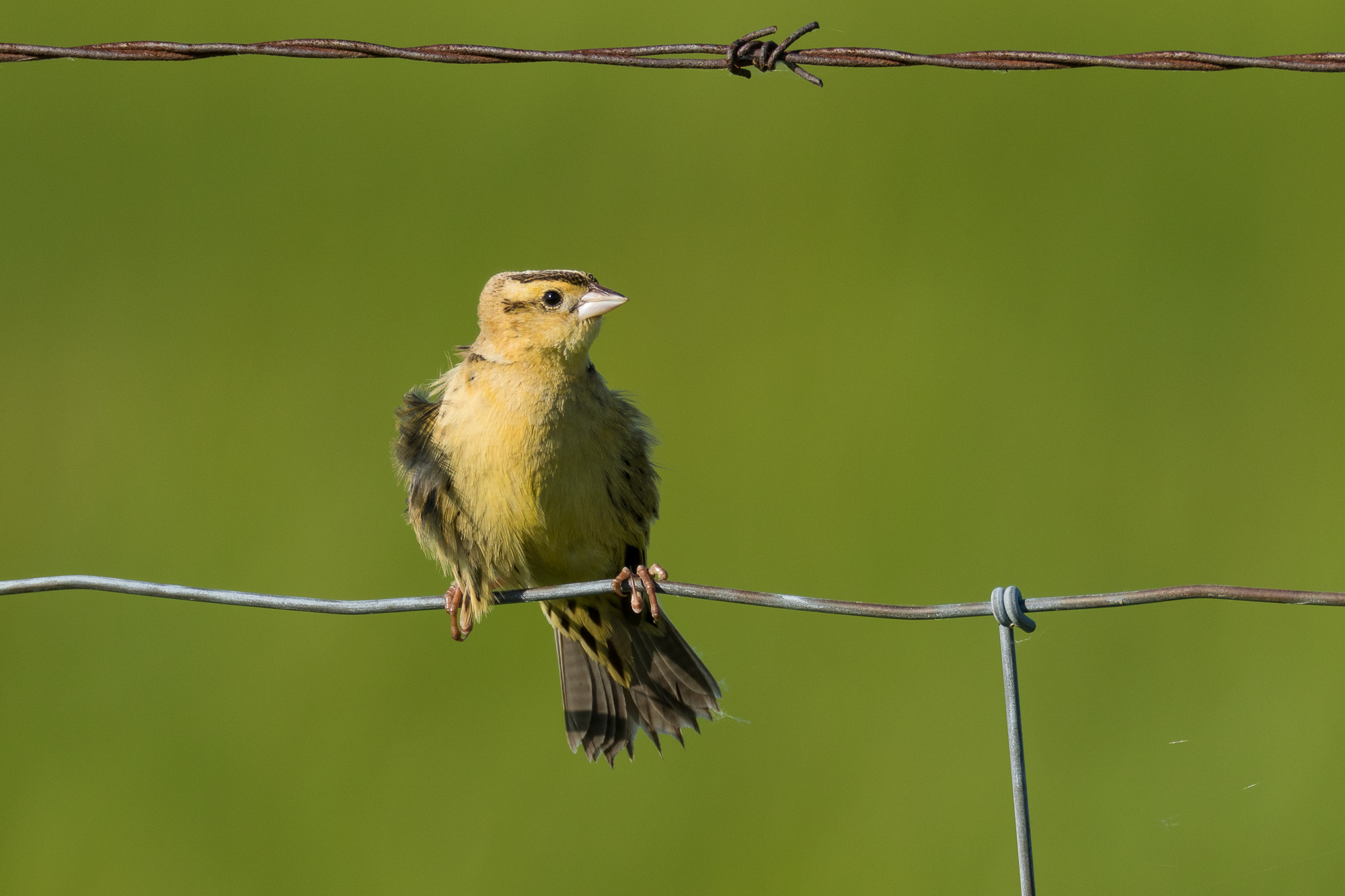
The second bird I photographed in the same area (and yes, perched on a similar wire fence to the first bird) was a female bobolink. I saw several males in the area as well, but they stayed farther from the road and I didn’t get any worthwhile photos of them. It is always difficult identifying female species as the coloring can be quite different than the males. Since males typically have more differentiating colors, species are usually described using the males’ attributes instead of the females. To identify female birds, I often troll through hundreds of photos after guessing at the species, or at least narrowing down the family of bird.
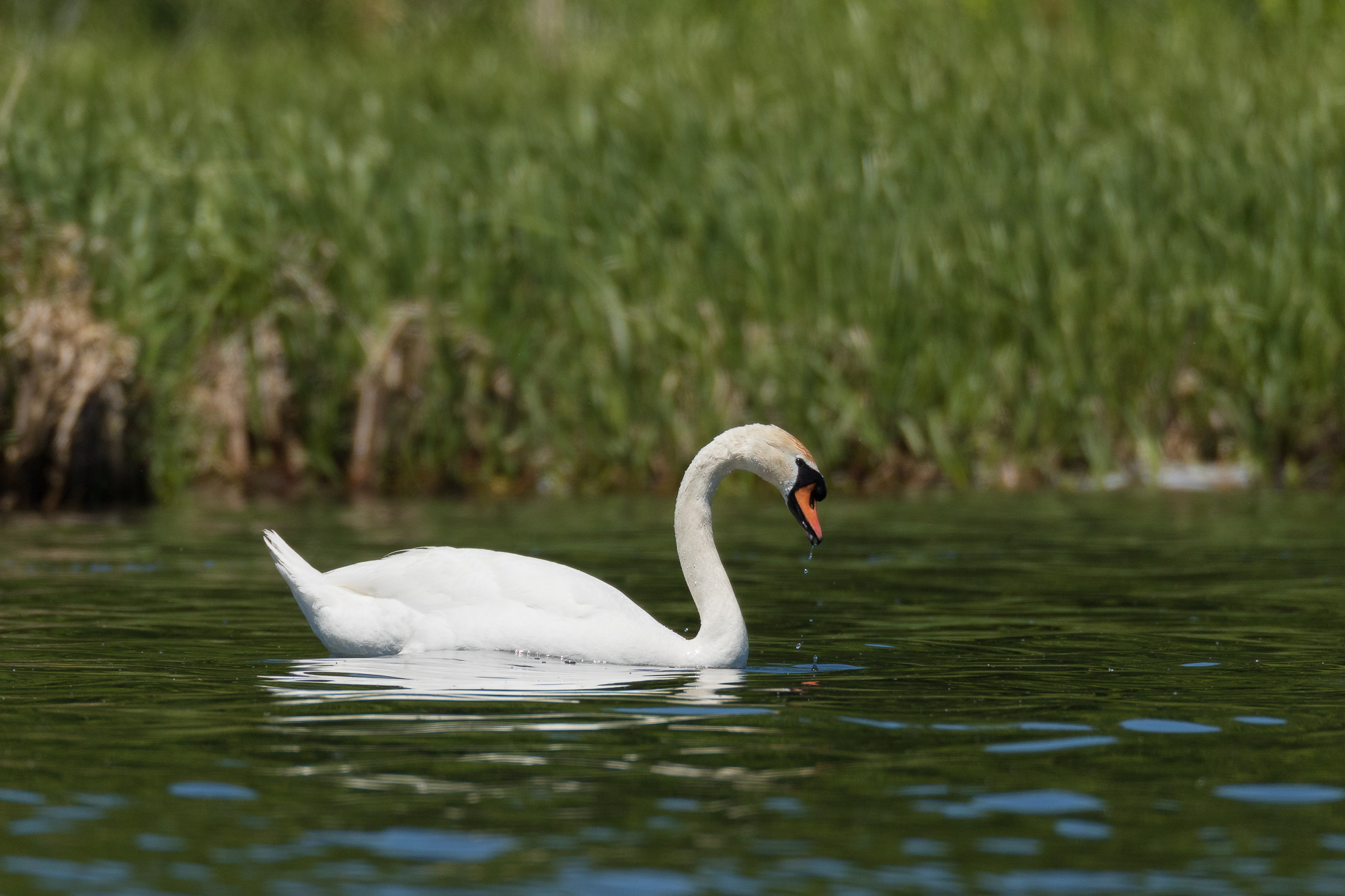
I also got some decent photos of a mute swan, and finally without distracting “hand of man” elements! Mute swans are native to Europe and Asia, but have established sizable populations in the coastal areas of the Great Lakes. I felt lucky to see one in the wild, as I’d never find one on the west coast of the US.

My last bird for the day was not a new species for me, but who can’t marvel at a beautiful osprey in flight? The local area had erected several nesting towers to encourage the birds to raise their young here. This osprey had chicks in the nest, and gave me lots of great flight shots as it flew to and from the nest.
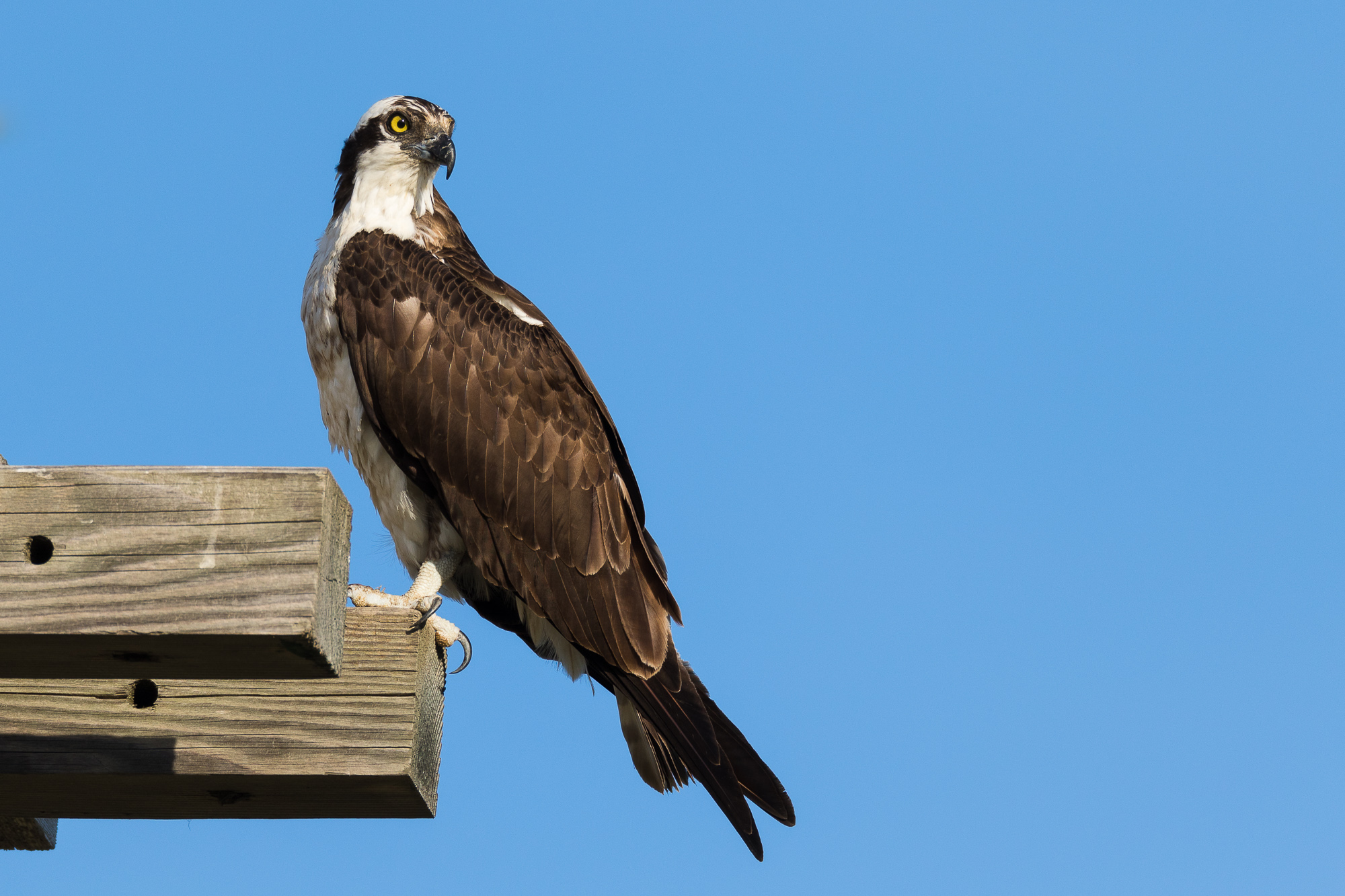
Here the osprey is perched at the edge of its nesting tower, looking majestic.
It is always fun to travel to new areas for nature photography. While landscape photography dictates that you continually visit new areas, bird and wildlife photography can often be done closer to home. Closer to home, you often have much more time with an animal, but with traveling, nothing beats the thrill of seeing what’s around the next corner.
Gear I used to create the photos in this post:

